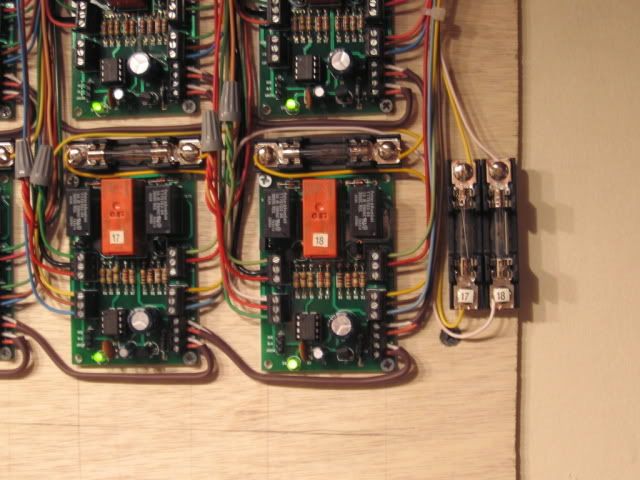As already stated the switch button probably stuck at some point. Atlas had a recall on their #57 switch control a year or so ago (if you are using these). I believe it was due to a sticking problem. I think some folks use momentary 'on-off-on' toggles that automatically spring return to the center 'off' position. I use the #56 switch controlers that came with the switches. This is a problem with all twin coil switch machines, not just Atlas. The DZ1000s are a different type of switch machine, they are not twin coil.
As Mike CT stated above, the 6924 boards are a good way to prevent this with the Atlas switch machines. I bought a couple and was going to use them, but after getting all set up decided I didn't need them. Also, here is a link to a capacitor discharge circuit that can also be used (there are many other examples out there as well). I have not tried using one, but I have tried some other projects from this site and they worked as described. I also think this is a reputable site. Capacitor discharge is supposed to be a good way to prevent burning up the twin coil switch machines. I believe this method has also been used in the smaller scales for a number of years now. If I ever start having problems with burn outs I will probably give one of these capacitor discharge circuits a try, or use one of the 6924 boards.
My layout is much smaller, but like Ingeniero No1 above, I have not had any problems with my any of my dozen or so Atlas switch machines. The exception was some I got with used switches that didn't work when I got them, which for the most part I have replaced with new ones. I also had to repair some other things on the used switches, which I was able to do, and Atlas had all the parts I needed. They were very helpful in getting me the right parts too. I have not had any problems with any of the Atlas switches I purchased new from my LHS and all my future switches will be new ones.
I started out wanting an AIU, but decided I like the switch controls at the switches. I'll probably still add the AIU someday though for route control and other things. I have an expansion and some revisions planned, but that's kind of been on hold for a while now. When that gets going again I'll probably add an AIU or two.
Edit: Looks like Ace posted a simpler capacitor discharge circuit while I was searching for one to link to. His may be a better idea and easier to construct.







